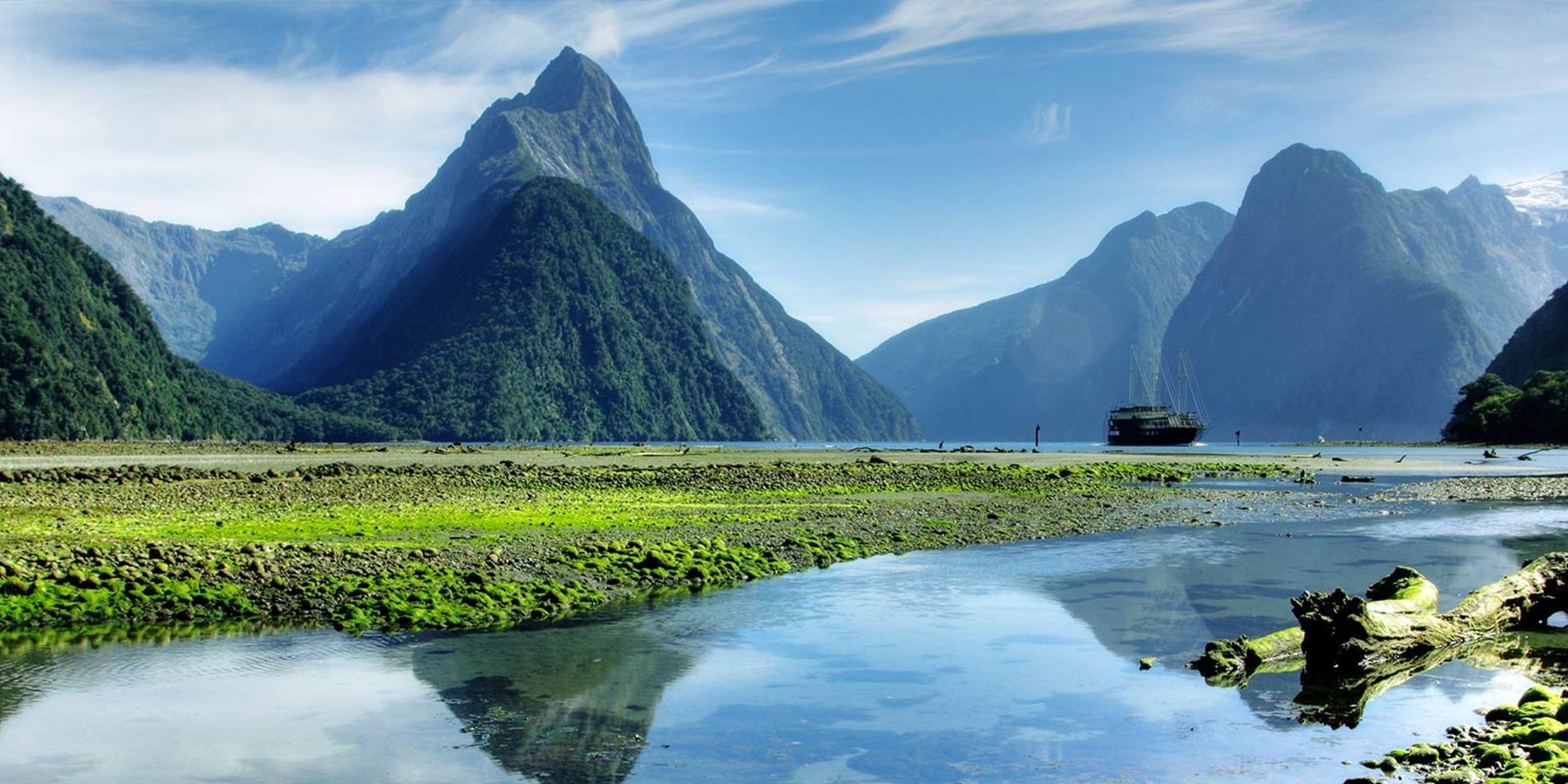

New Zealand's Mackenzie Legend
In New Zealand’s picture-perfect Mackenzie Region, Ben Groundwater tells the story of local folk hero James Mackenzie.
There’s little that’s clear about the life and times of the infamous 19th-century outlaw James Mackenzie –and you get the feeling the legendary sheep rustler wouldn’t have wanted it any other way. So much about this Scottish migrant’s life –even his real name –remains a mystery. Was he really James, or was it actually John? Or maybe he was named Jock? And was his surname spelled Mackenzie or McKenzie? Or even, possibly, MacKenzie?
Was this man born in Ross-shire, in northern Scotland, or somewhere else? And most importantly of all: did he really succeed in stealing a flock of 1,000 sheep? The answer to that last question, at the very least, appears clear. Yes, he did. On March 1, 1855, a tall, slim man going by the name of James, or John, or Jock, with the help of a sheepdog called Friday, managed to round up and walk off with 1,000 head of sheep from a farm near Mount Misery, in the centre of New Zealand’s South Island.
It took three days for the rightful owner of those sheep, a farmer named John Sidebottom, to track down Mackenzie and his woolly captives, to retake possession of his livestock and to lock up their Scottish captor. Mackenzie, however, promptly escaped. For all his talents as a sheep herder and rustler, it appears escapology might have been Mackenzie’s true calling.
The enigmatic Scotsman was eventually rounded up, charged and sent to jail, but he escaped twice more in the following few months. In fact, he broke free from jail, according to some accounts, more than 10 times before, little more than a year after his brazen attempt at sheep theft, he achieved his greatest escape of all: an official pardon.
And while the ‘shepherd’ of the church’s name is undoubtedly a reference to the son of God, it’s not hard to make the connection to the mysterious Scotsman once known as James. Or John. Or Jock. Visit Mackenzie Country on your 15 Day New Zealand Getaway.
Stay: at Lake Tekapo’s Peppers Bluewater Resort, where you’ll enjoy a farewell dinner showcasing local produce.
Cruise: the North Island’s captivating Bay of Islands region and visit the Hole in the Rock, cross the Cook Strait to the South Island on the famous Interislander Ferry and, in the south, cruise the full length of the famous Milford Sound fiord.
Visit: Waitomo glowworm caves to see the illuminated spectacle of a species only found in New Zealand.








